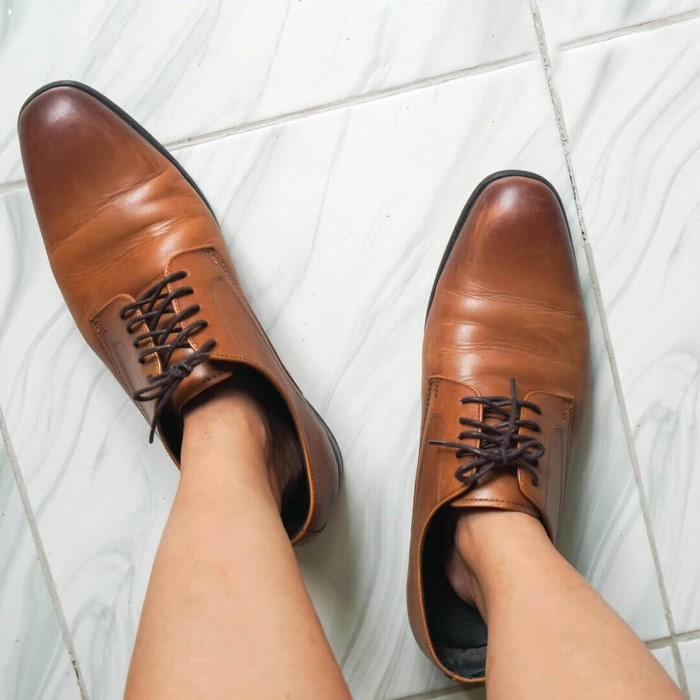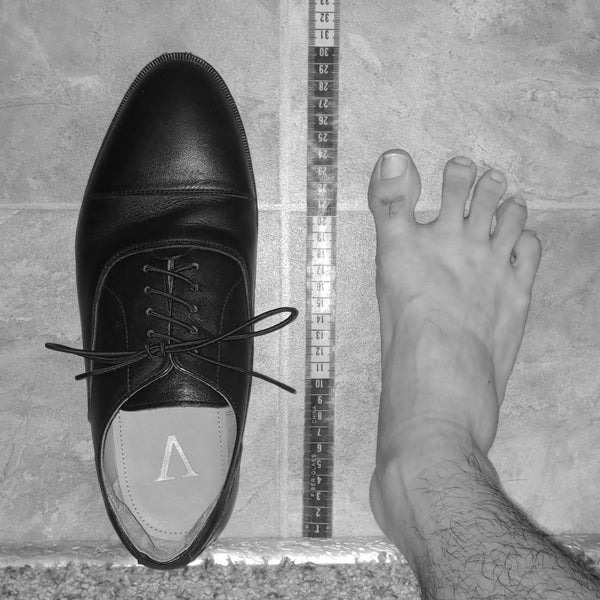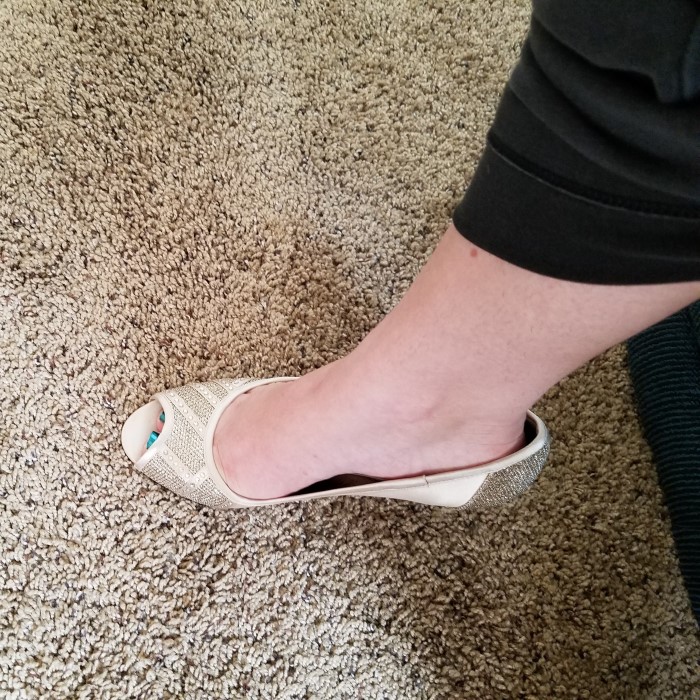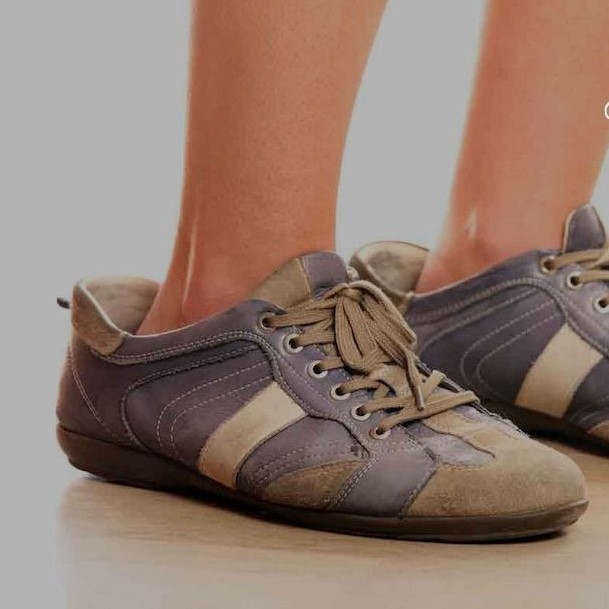Introduction: Understanding the Importance of Shoe Fit
Wearing the right shoes is essential for comfort and foot health. However, many people struggle to determine whether their shoes fit properly. One common issue is figuring out how to tell if shoes are too big. Shoes that are too large can lead to discomfort, potential foot problems, and a negative impact on your overall posture. Whether you are purchasing a new pair of shoes or evaluating your current collection, understanding the signs of an improper fit can help you make informed decisions.
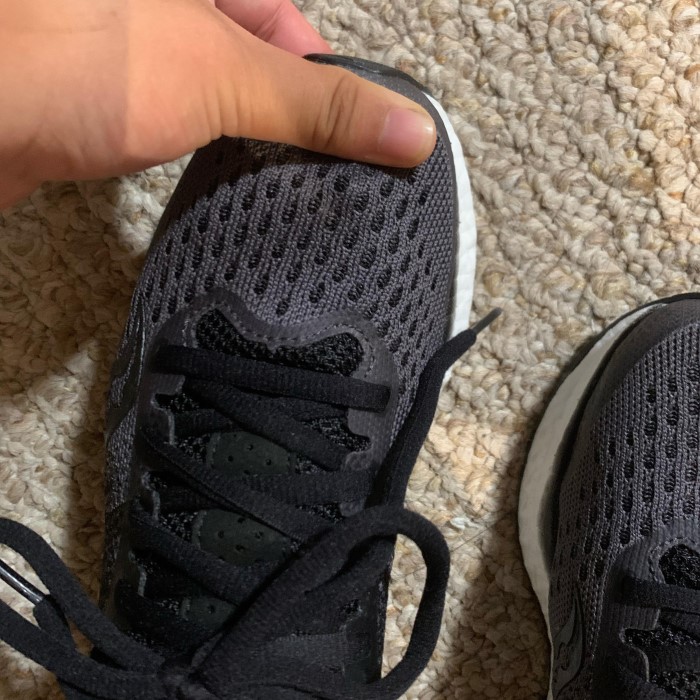
In this article, we will outline several key indicators to determine if your shoes are too big, tips for assessing the fit, and how to ensure that your footwear supports your feet effectively. Additionally, we will answer frequently asked questions about shoe sizing and fitting to provide you with comprehensive guidance.
Signs That Shoes Might Be Too Big
How to tell if shoes are too big? Determining if your shoes are too big can sometimes be a matter of subtle signs. Here are some essential indicators to consider when assessing your footwear fit.
- Heel Slippage
One of the most noticeable signs that your shoes might be too big is heel slippage. When you walk, your heel should stay securely in place without lifting out of the shoe. If you find that your heel frequently slips out with each step, it indicates a poor fit. Heel slippage can lead to blisters, foot fatigue, and discomfort during prolonged wear, ultimately making it essential to find the correct size. - Excessive Toe Space
Another clear indication of oversized shoes is when there is too much space at the toe box. Ideally, you should have around half an inch of space between your longest toe and the front of the shoe. If you can freely wiggle your toes or if there is significantly more than half an inch of room, your shoes are likely too big. Note that while some space is essential to allow for toe movement, too much space can result in a lack of support and stability. - Difficulty Fitting a Finger
A straightforward test to help assess shoe fit involves checking how many fingers you can fit behind your heel while wearing the shoes. Properly fitting shoes should allow one finger to fit snugly; if you can fit two fingers or more, this suggests that the shoes are too large. The ability to fit multiple fingers indicates excess space and insufficient heel support. - Discomfort While Walking
If you experience discomfort or instability while walking, this may be a sign that your shoes are not an appropriate size. Shoes that are too big can lead to problems such as soreness in your feet or an awkward gait, as your foot struggles to maintain control within the shoe. If you feel unstable or unbalanced, it’s time to assess your fit. - Wearing Thick Socks
Many people resort to wearing thicker socks when their shoes feel too large. While this may work temporarily, it is not a long-term solution. Relying on thick socks can lead to discomfort and might create pressure points. It’s better to select a correctly sized shoe rather than attempting to modify the fit with clothing.
How Much Room Should Be at the End of a Shoe?
how to tell if shoes are too big? When assessing shoe size, understanding how much room should be at the end is crucial. Ideally, you should have approximately half an inch of space between your longest toe and the shoe’s front. This provides enough room for your toes to move without being cramped.
- Toe Box Fit
The toe box is critical in determining comfort in a shoe. It should be spacious enough to allow your toes to lay comfortably without excessive pressure against the front of the shoe. A good rule of thumb is to make sure that your toes are not curled or touching the end of the shoe. - Consider Width
In addition to length, it’s important to consider the width of the shoe. Shoes that are too narrow can cause discomfort even if the length fits well. The sides of your feet should not feel pinched or squished. Measure both the length and width of your foot to ensure a comprehensive fit assessment. - Seasonal Variations
Keep in mind that your foot size can change throughout the day and even with the seasons. Feet tend to swell in warmer weather or during physical activity. As a result, it’s advisable to measure your feet later in the day or try shoes on after being active to ensure an accurate fit.
Does a 0.5 Shoe Size Make a Difference?
How to tell if shoes are too big? It might seem that a half-size difference in shoe size wouldn’t make a significant impact, but even a slight variation can dramatically enhance comfort.
- Comfort Levels
A 0.5 shoe size can lead to substantial fluctuations in comfort, particularly for individuals with wider feet. If shoes are too large, there may be an excessive amount of movement in the shoe, leading to blisters, friction, and a sore foot. Conversely, if they are too small, you may experience pinching and discomfort. - Sizing Variations Across Brands
Remember that shoe sizing can vary significantly between different brands and even styles. Always try on shoes from the specific brand before buying, as a size 8 from one brand may fit quite differently than a size 8 from another. Staying aware of these differences is essential for making informed footwear choices. - Buying Without Trying
If you often buy shoes online, it’s critical to check the retailers’ sizing guides. These often contain measurements that can clarify what to expect and help you gauge whether you’re selecting a size that will fit properly.
What Can Happen If You Wear Shoes That Are Too Big?
Wearing shoes that are too big may seem harmless at first, but it can lead to various issues and complications over time.
- Foot Problems
Ill-fitting shoes can contribute to blisters, calluses, and corns due to excessive friction and movement. These common foot ailments can become a significant source of pain if not addressed properly. Over time, wearing oversized shoes may lead to more severe foot issues, such as bunions and plantar fasciitis. - Injuries and Instability
Shoes that allow for too much movement can pose a risk for instability and falling. This risk is accentuated for active individuals involved in running or other sports. Improper fit can hinder your foot’s ability to grip the ground, increasing the likelihood of slips and injuries. - Impact on Posture
Wearing oversized shoes can alter your natural gait, which could lead to discomfort in your knees, hips, and back. Consistent improper alignment affects overall health, making it essential to invest in footwear that fits correctly to promote good posture.
FAQs
How do you know if your shoes are too big?
You can determine if your shoes are too big by checking for heel slippage, excessive space in the toe box, and discomfort during walks. Check to see if you can fit more than one finger behind your heel as a guideline.
How much room should be at the end of a shoe?
There should ideally be about half an inch of space between your longest toe and the front of the shoe. This will ensure comfort and room for toe movement.
Does a 0.5 shoe size make a difference?
Yes, a 0.5 shoe size difference can make a considerable difference in comfort and fit. It can lead to blisters and discomfort if the shoes are too large, or pinching if they are too small.
What can happen if you wear shoes that are too big?
Wearing shoes that are too big can cause foot problems such as blisters and instability, as well as potentially leading to discomfort in your knees, hips, and back due to improper posture and alignment.
By carefully considering the fit of your shoes, you can significantly improve your overall comfort and health. Emphasize the importance of size and fit, and make the transition to a more supportive and enjoyable walking experience!
Conclusion: Prioritizing the Right Fit
In conclusion, knowing how to tell if shoes are too big is vital for both comfort and overall foot health. Determining the right shoe size can enhance your experience, whether you’re walking, running, or engaging in various activities. By observing signs such as heel slippage and excessive toe space, you can empower yourself to make informed footwear choices and enhance your lifestyle.
For anyone looking to maintain foot health, remember to measure your feet accurately, account for brand variations, and prioritize trying on shoes whenever possible. With the right insights and considerations, you can find the perfect-fitting shoes that will support you in any endeavor.
